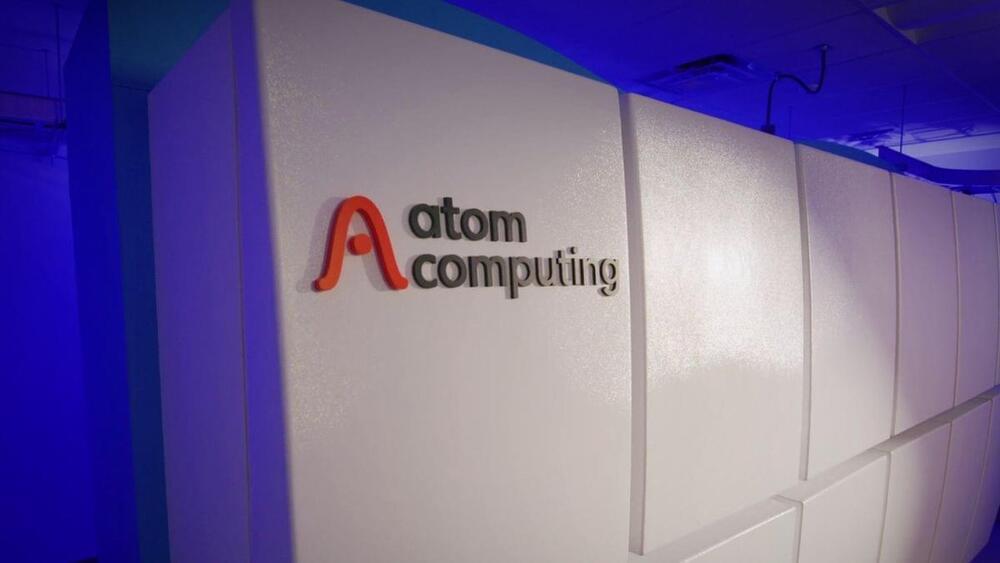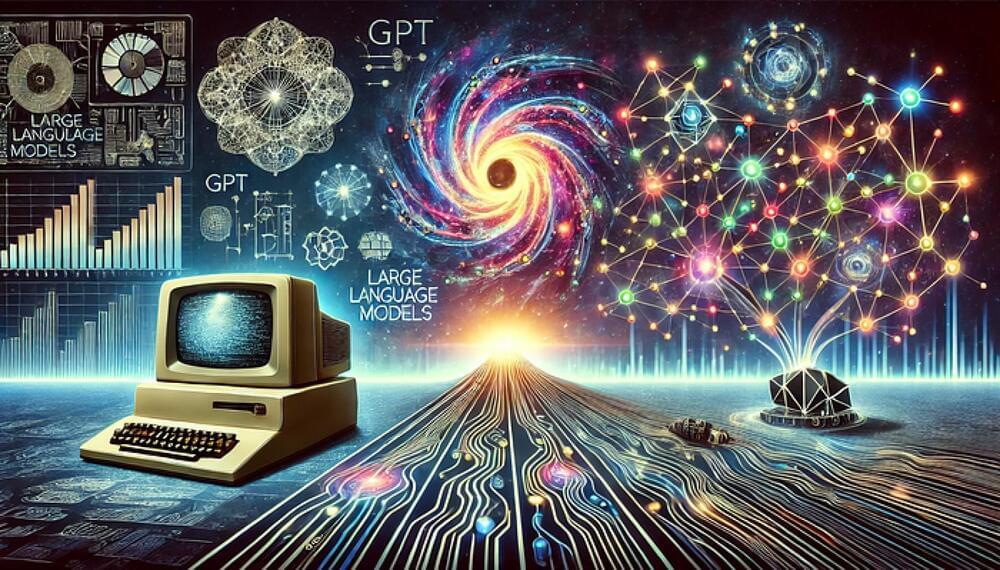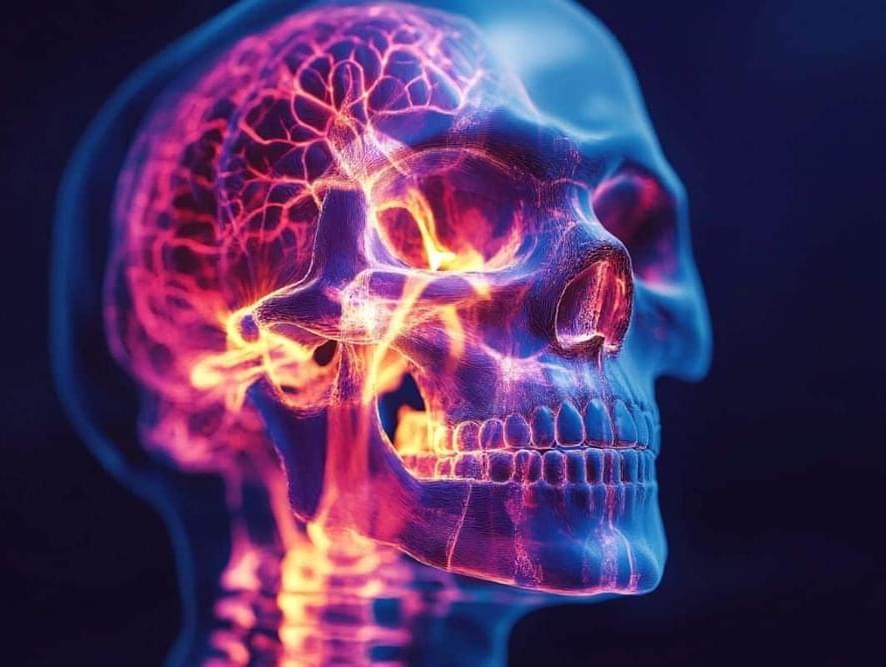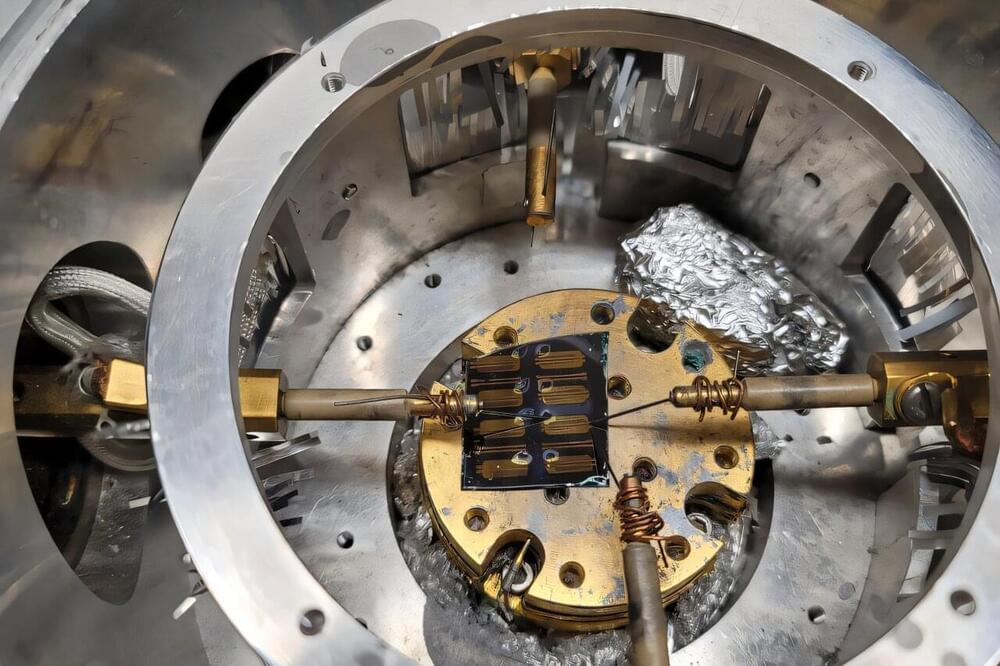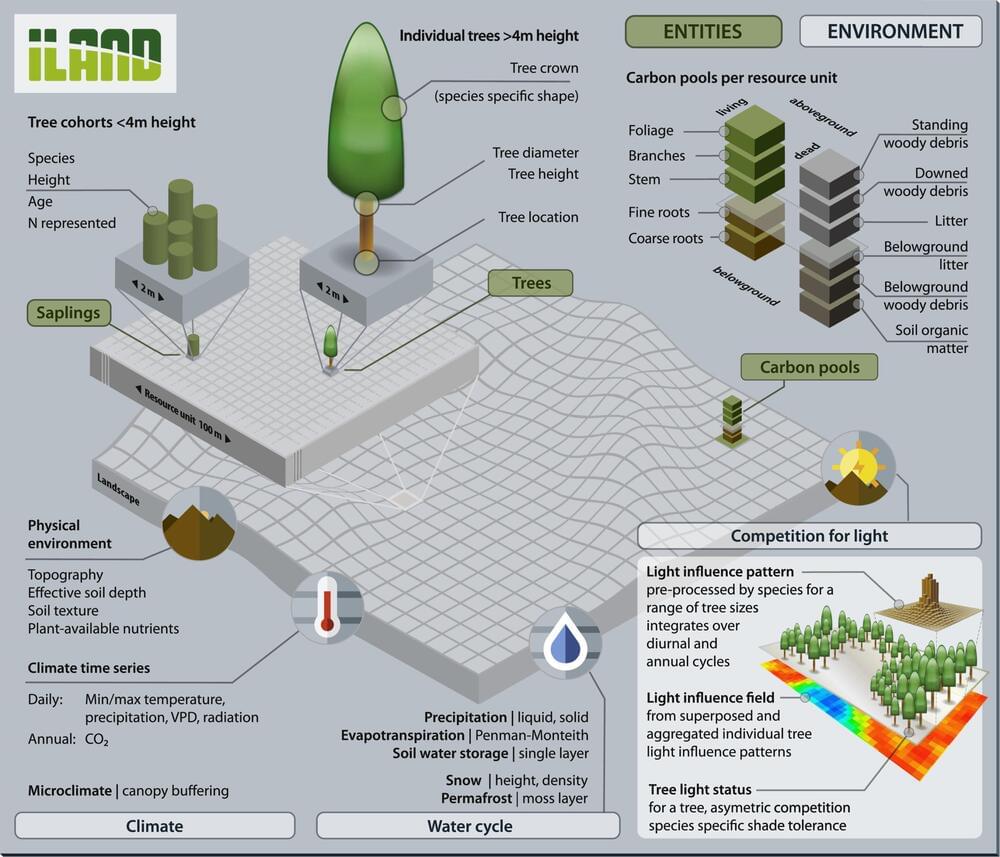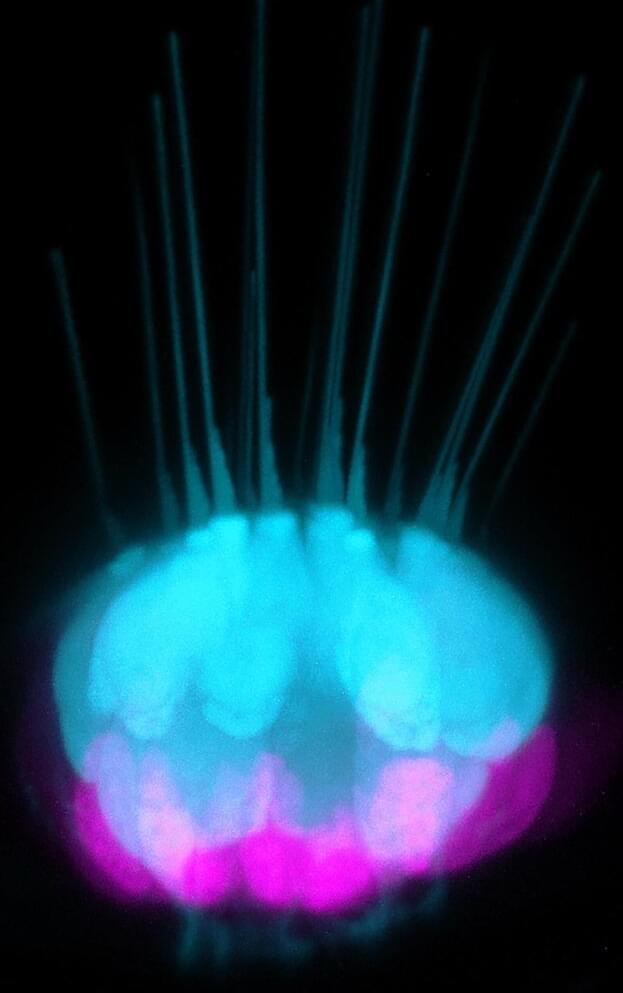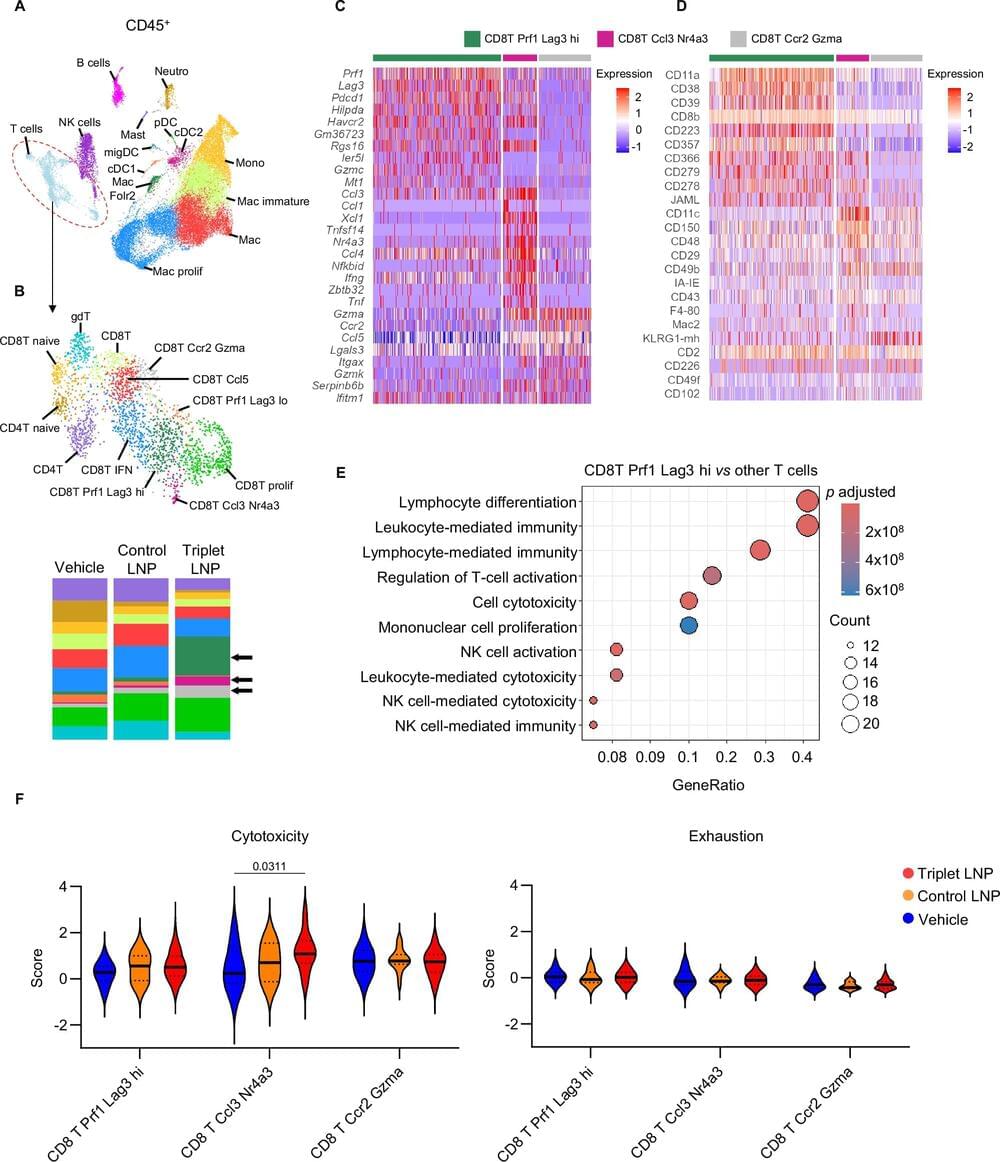
Therapeutic mRNAs offer great potential as a versatile and precise tool against cancer and other diseases. However, the therapeutic effectiveness is limited by the poor translation uptake of naked mRNA. To circumvent this challenge, researchers from VIB, VUB, Ghent University, and eTheRNA Immunotherapies developed an immunotherapeutic platform based on lipid-based nanoparticles (LNPs).
In different cancer models, applying a novel mixture of immunotherapeutic mRNA encapsulated in LNPs led to a clearly improved therapeutic efficacy with limited side effects. This proves the added value of the platform to the development of effective mRNA immunotherapies. The work is published in the journal Nature Communications.
The COVID-19 pandemic and recent Nobel Prize recognition have spotlighted mRNA therapies as a promising approach for diseases like cancer. With precision, scalability, and controlled immune activation, mRNA-based immunotherapy can encode proteins that stimulate the immune system to target and destroy cancer cells. Yet, naked mRNA is unstable, prone to degradation, and poorly absorbed by cells, limiting its effectiveness. This makes the development of reliable delivery methods essential for the future success of mRNA immunotherapies.
